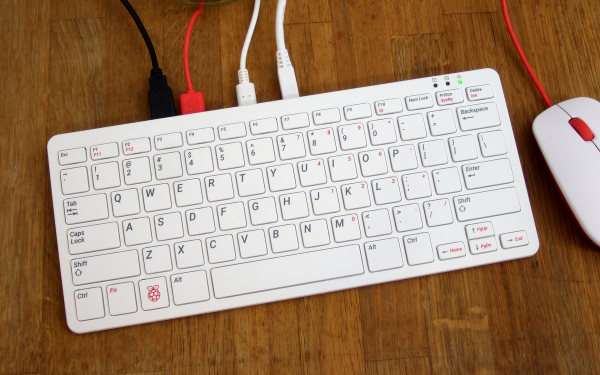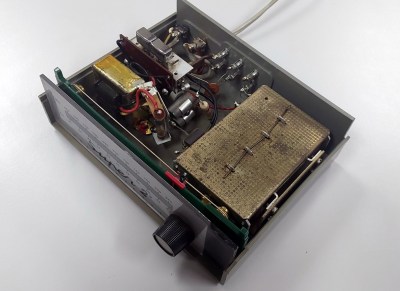It’s fairly insignificant in the scheme of things, and there’s no hardware as yet for us to look at, but there it is. Tucked away in a device tree file, the first mention of a Raspberry Pi 500. We take this to mean that the chances of an upgrade to the Pi 400 all-in-one giving it the heart of a Pi 5 are now quite high.
We’ve remarked before that one of the problems facing the Raspberry Pi folks is that a new revision of the regular Pi no longer carries the novelty it might once have done, and certainly in hardware terms (if not necessarily software) it could be said that the competition have very much caught up. It’s in the Compute Module and the wildcard products such as the all-in-one computers that they still shine then, because even after several years of the 400 it’s not really seen an effective competitor.
So we welcome the chance of an all-in-one with a Pi 5 heart, and if we had a wish list for it then it should include that mini PCI-E slot on board for SSDs and other peripherals. Such a machine would we think become a must-have for any space-constrained bench.



 In a Dutch second-had store while on my hacker camp travels this summer, I noticed a small grey box. It was mine for the princely sum of five euros, because while I’d never seen one before I was able to guess exactly what it was. The “Super 2” weighing down my backpack was a UHF converter, a set-top box from before set-top boxes, and dating from the moment around five or six decades ago when that country expanded its TV broadcast network to include the UHF bands. If your TV was VHF it couldn’t receive the new channels, and this box was the answer to connecting your UHF antenna to that old TV.
In a Dutch second-had store while on my hacker camp travels this summer, I noticed a small grey box. It was mine for the princely sum of five euros, because while I’d never seen one before I was able to guess exactly what it was. The “Super 2” weighing down my backpack was a UHF converter, a set-top box from before set-top boxes, and dating from the moment around five or six decades ago when that country expanded its TV broadcast network to include the UHF bands. If your TV was VHF it couldn’t receive the new channels, and this box was the answer to connecting your UHF antenna to that old TV.













